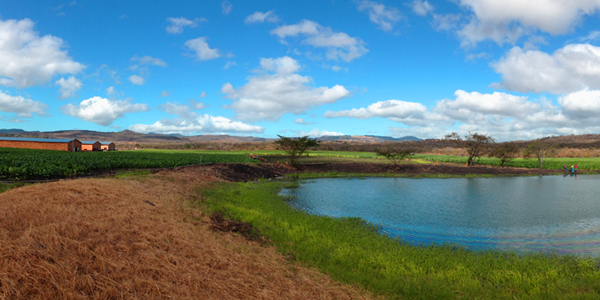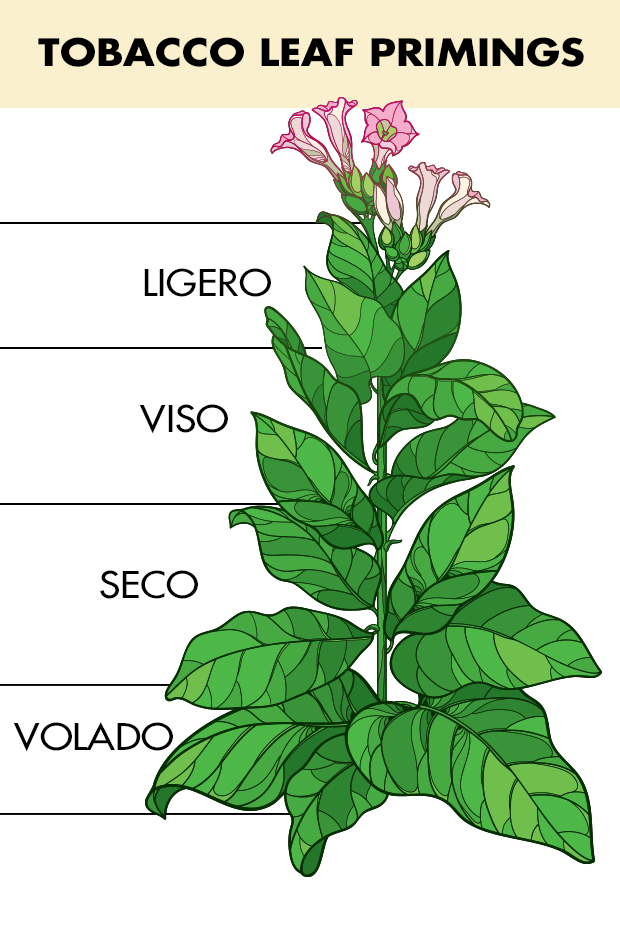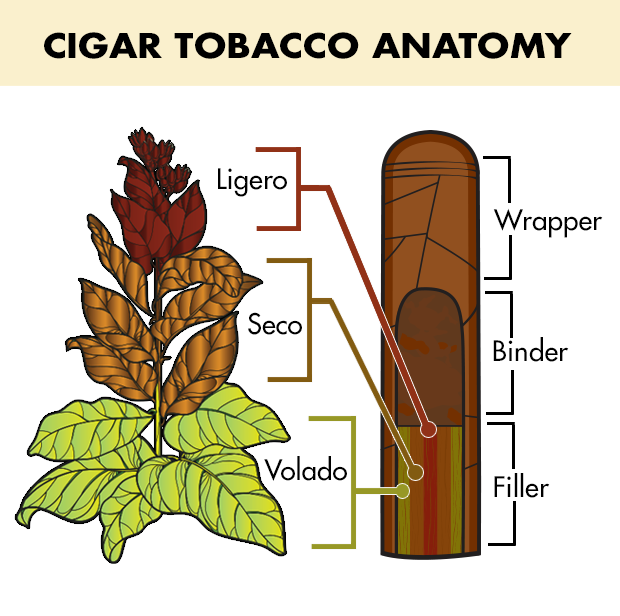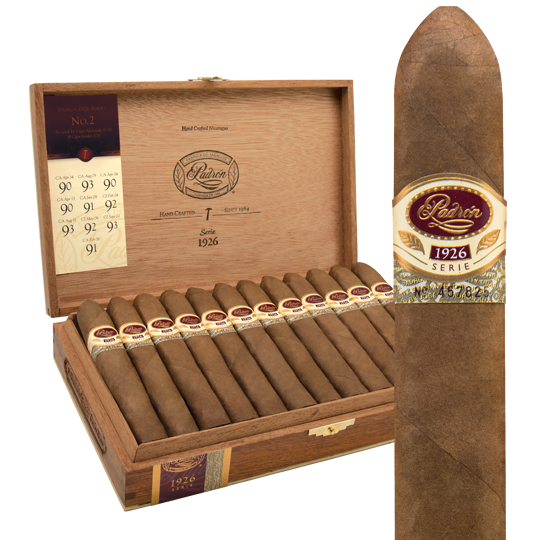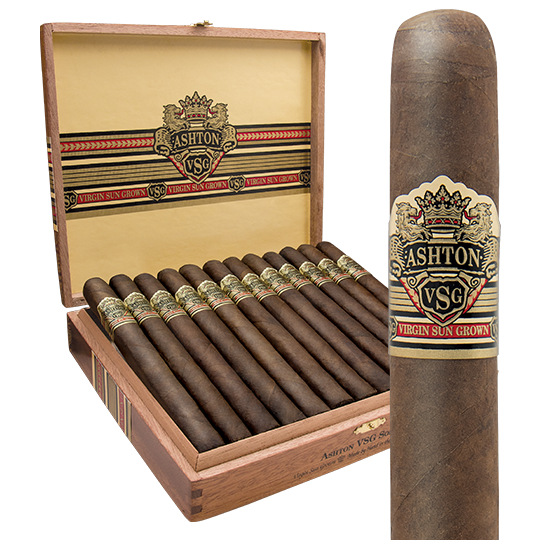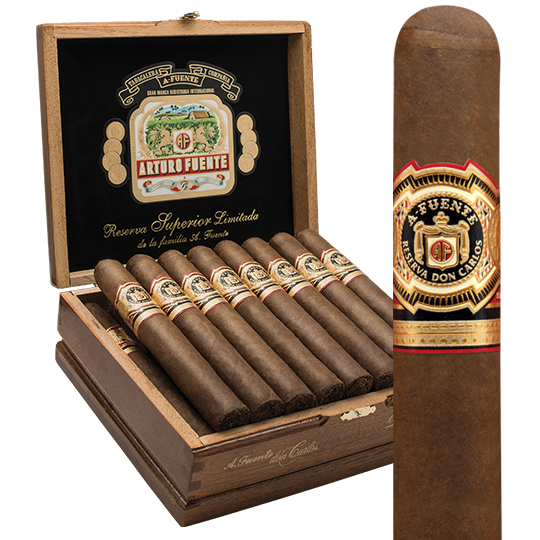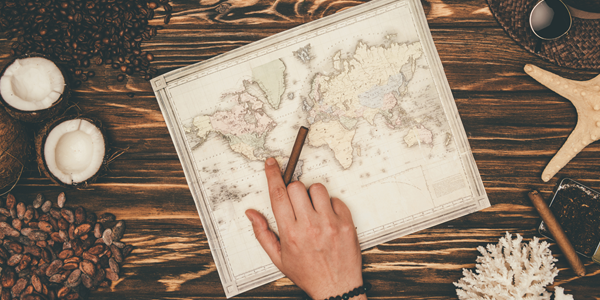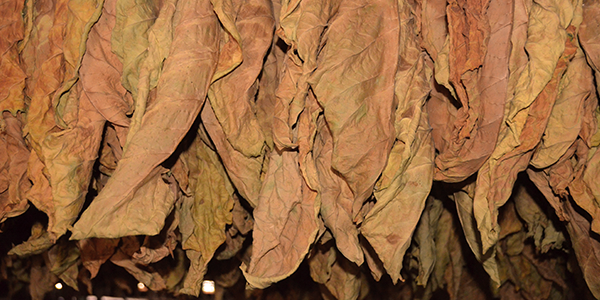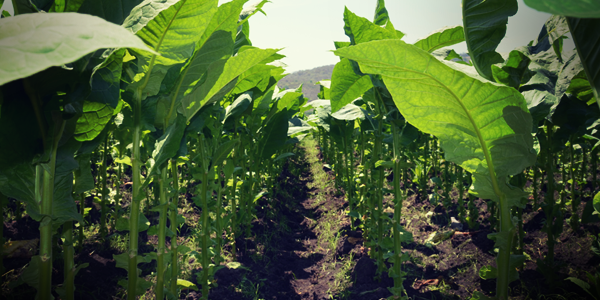Varieties of Tobacco Leaves in Cigars
When you’re perusing the cigar descriptions on, say, Holt’s, you’ll find characterizations for the Ashton ESG such as, ‘these cigars also contain a marvelous selection of aged Dominican binder and filler tobaccos.’ Or the copy for the Padrón 1926 Series that seduces you with, ‘Handcrafted exclusively from top-quality aged Nicaraguan tobaccos, these cigars are full-bodied and delicious. A rich, earthy backbone is joined by a myriad of flavors including spice, leather, nuts and cocoa.’ You don’t get a further detailed breakdown of what type of tobacco leaf is used in each cigar and in what proportion each leaf is blended. Most cigar smokers wouldn’t care too much. And most cigar makers aren’t necessarily eager to share their formulas. Why give secret recipes away?
The late Jose Orlando Padrón once shared with an interviewer that his cigars use tobacco from 15 different farms. He could smell differences among the many tobacco varieties that you and I wouldn’t even think to notice. These different tobaccos are then used in the cigars, blended in a way that capitalizes on what each type lends to the overall flavor. Of course, if you plant the same type of tobacco everywhere, the characteristics of the soil in the different regions will create different flavors and aromas, essentially different tobaccos. Every tobacco plant has four primary tiers of leaves, plus the less commonly used section at the very top of the plant.
5 Tiers of the Tobacco Plant: Leaf Location Matters
Leaves from different parts of the tobacco plant are used in specific areas of cigar construction, and each leaf has its own name: Ligero, Viso, Seco, Volado, and Medio Tiempo.
Ligero Leaf Tobacco
Ligero (pronounced lee-HERR-oh) is the leaf found near the top of each tobacco plant. It is slower to mature than the leaves in the middle and bottom of the stalk. Cigar-makers use Ligero to add power to a blend and usually put the Ligero in the very center of the filler bundle as it burns slowly.
Viso Leaf Tobacco
Viso (vee-soh) grows on the middle stalk of the tobacco plant below Ligero. Viso delivers more flavor and possesses more oil than Seco, but the leaves are less intense than Ligero. Viso also burns more slowly than Seco but more steadily than Ligero.
Seco Leaf Tobacco
The third of the three types of leaves found on a tobacco plant is Seco (seh-ko), or dry, and it’s found in the middle of the plant. Seco is used to temper the blend in a cigar and it is relatively mild.
Volado Leaf Tobacco
The leaf at the bottom is called Volado (voh-lah-dough) and it lends virtually no flavor, but it burns really well. All cigars pretty much need all three leaves in them to taste good.
One cigar that essentially screams out the leaf that’s featured is La Flor Dominicana Double Ligero, among others in the brand. Fuente Fuente Opus X is also a Ligero-heavy blend. Obviously, cigars that use more of the top leaf in the blend reflect a stronger profile.
Medio Tiempo Leaf Tobacco
In recent years, the Cuban Cohiba Behike has included the very top two leaves of the tobacco plant that have been dubbed Medio Tiempo (meh-dyo tiyempo). These leaves used to be thrown in with the Ligero leaves. They’re rare, very small and get more time in the sun than the rest of the leaves, and the Cubans attribute a specific richness to them.
Types of Tobacco Plant Strains
Under the ‘tobacco plant’ umbrella, there are a number of different strains – each one yielding something unique.
Piloto Tobacco
Much of the tobacco used in today’s premium cigars are derived from Piloto tobacco. Piloto, or Piloto Cubano, is named for a town in Cuba in the tobacco-growing region of Pinar del Rio. Piloto is robust in flavor and full-bodied, usually carrying some spice. In Cuba, when the crop is right, the leaves are supple and strong. In 1962, after most of the cigar industry was nationalized, some Piloto seeds were smuggled out of Cuba and into the Dominican Republic (DR) in envelopes stuffed with cotton. Tobacco farmers began growing Piloto in the DR.
Olor Tobacco
The other main type of tobacco grown in the DR is Olor (oh-lore). Olor is pretty much indigenous to the DR. Its leaves are thinner and less resilient than Piloto’s, but Olor is much sought after for its complexity and burning qualities.
Corojo Tobacco
Popular releases like Rocky Patel The Edge use the Corojo (core-ro-ho) leaf that originated in Cuba, but today is grown in Honduras and in Western Kentucky. Cubans used the leaf for wrappers that carried a significant level of spice, but the susceptibility of the Corojo leaf to disease led the Cubans to abandon it and develop hybrids like Habano 2000. Honduras grows pure Corojo, but hybrids are grown in many other regions. Other well-known Corojo varietals are found in the iconic Cuban-legacy blends for Punch Rare Corojo and Punch Signature as well as the feisty, full-bodied profile of Camacho Corojo.
Criollo Tobacco
Criollo (cree-o-yo) is a type of tobacco that is thought to have been present in Cuba around the time Columbus landed there. The word, in the agricultural context, means “native seed.” In Cuba, Criollo was used mostly as filler. You’ll find Criollo in many countries and none of them really have anything to do with the Cuban Criollo. The Nicaraguan Criollo grown in Jalapa, near the Honduran border, for example, is quite sweet. The Criollo grown near Estelí is earthier and nuttier. Honduran Criollo is generally creamier and smoother. You can try it in the Camacho Criollo Robusto included in the Camacho Robusto Assortment. Criollo is gaining more popularity as a wrapper these days. Find another good example in the Kristoff Robusto Assortment.
Habano & Habano 2000 Tobacco
Habano and Habano 2000 are tobacco types born in Cuba. Habano is mainly wrapper leaf that is dark, spicy and rich in aroma. It’s been grown in Nicaragua since the 1990s. Habano 2000 is a cross between Corojo and a milder Cuban tobacco that is more resistant to disease. The hybrid was created after Corojo fell to blue mold. The seeds have made their way to Ecuador, Nicaragua and Honduras. Among the better examples of Habano are the Avo Heritage and the Ashton Heritage Puro Sol, both of which use Ecuador Habano wrappers. There’s a distinct chocolate note.
Broadleaf Tobacco
Broadleaf is a sort of short tobacco plant that was often used as filler or binder, but has become more popular as wrapper as darker cigars have gained a following. Some of the best is grown in Connecticut. It’s also quite expensive because it’s hard to handle. The flavor of Broadleaf, however, makes it worthwhile and now it has gained some respect as a wrapper leaf. But you have to like your cigars to be bold. Broadleaf is now often used to make Maduro cigars. The Ashton Aged Maduro displays a magnificent profile of dark chocolate, maple, and a hint of Dominican spice.
Connecticut Shade Tobacco
Broadleaf’s cousin, growing side-by-side in the Connecticut River Valley, is Shade. While this refers primarily to growing tobacco under shade, the stuff in Connecticut is tall and elegant in flavor. Connecticut Shade is essentially a hybrid of Asian Sumatra and Cuban leaf that was obtained long before the embargo. Blocking the sun creates a thinner, more elastic leaf. The flavor is generally mild. Ashton Classic and Ashton Cabinet are prominent examples.
Sumatra Tobacco
Sumatra is a black tobacco leaf that was originally found in Indonesia, but the most popular version is Ecuador Sumatra. Used primarily as wrapper leaf, we love the color, oil and spice found in this version. One of the most celebrated Sumatra blends available is Ashton VSG (Virgin Sun Grown). A lustrous Ecuador Sumatra wrapper conceals a succulent recipe of aged Dominican tobaccos. Notes of cedar, raisins, coffee beans, and black pepper converge in complex bouquet. Rocky Patel Decade also uses an Ecuador Sumatra wrapper to great effect.
Cameroon Tobacco
Cameroon tobacco, as the name indicates, comes from the African nation of the same name and also neighboring Central African Republic. The Cameroon strain was born from Sumatra seed. Cameroon is now used mainly as wrapper leaf to lend flavor to mild filler blends. Cameroon tends to convey notes of butter, pepper and leather. Arturo Fuente Don Carlos is my favorite cigar using a Cameroon wrapper.
Rosado Tobacco
Rosado, meaning rosy, is a really interesting and uncommon wrapper leaf used to great effect in the Alec Bradley Nica Puro Rosado. Grown initially in Cuba, the Rosado leaf is difficult to cultivate, but when you taste the spice and cedar, you’ll appreciate the effort. It’s similar to Habano, but with a reddish tinge. Ashton Symmetry is rated 94 points and has been ranked in Cigar Aficionado’s annual ‘Top 10’ for its Cubanesque taste, thanks in large part to its reddish-brown Ecuador Habano Rosado wrapper leaf. Savor one of the most impressive Rosado cigars produced today with Symmetry.

